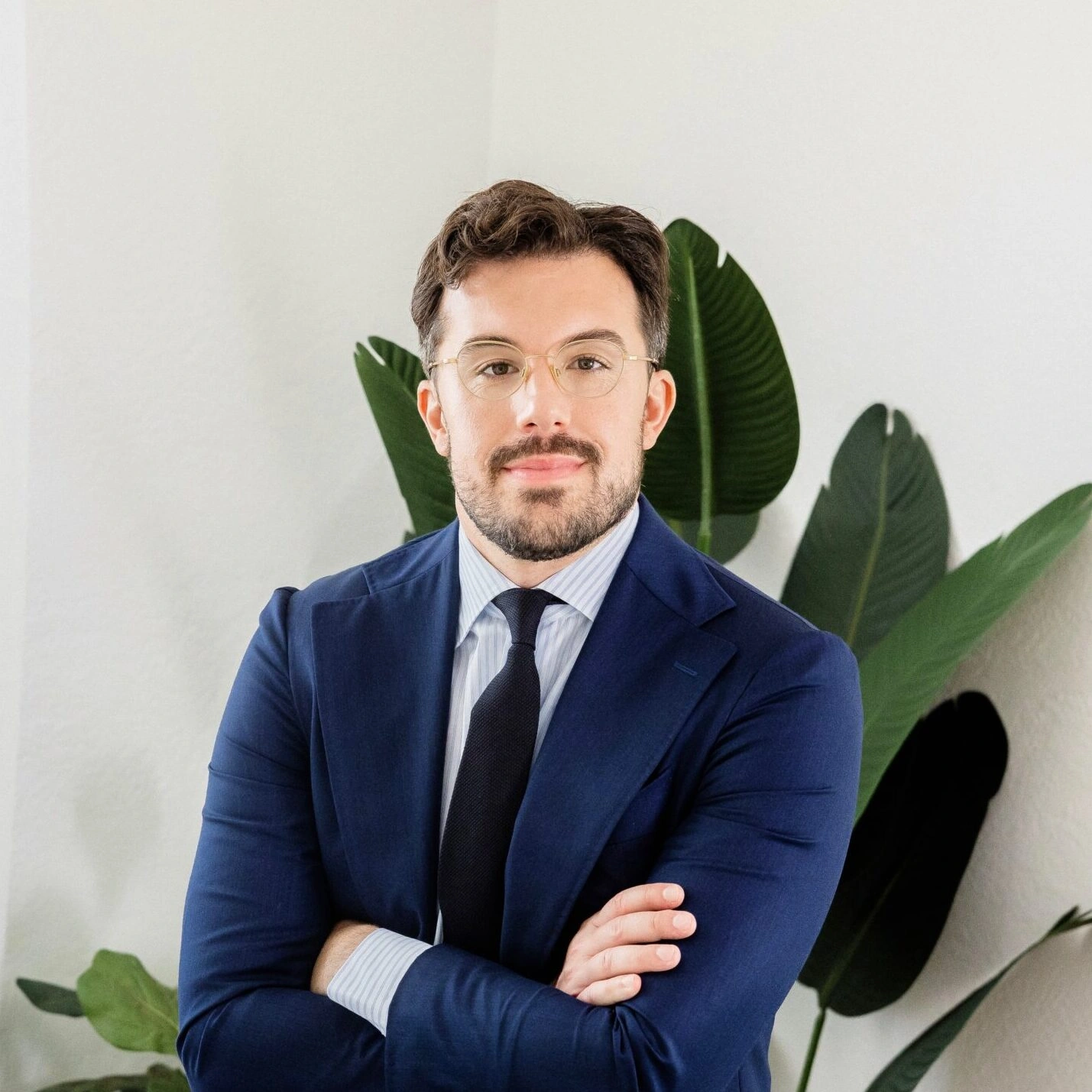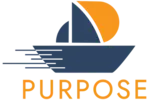Dr. Weston Wall

Can you get sunburnt with the window up? That’s actually a legitimate question.
I was born and raised in St. Petersburg, so the community means a lot to both my wife and me. I’d been gone for a while for schooling, training, and work, but we recently moved back and opened our practice in January of this year. It’s been going well, and I’m happy to be back and part of the community.
What first inspired me to pursue dermatology and specifically Mohs surgery? Growing up, I spent a lot of time with my grandparents, particularly my grandfather, who often picked me up from school. He grew up in Southern California, served in the Navy, and later moved to Florida — so he had a lifetime of sun exposure.
He often had bandages on his ears, face, or nose. I’d ask, “What’s going on?” and he’d say, “I went to the dermatologist. They found skin cancer, removed it, and now I have this bandage.”
In 8th grade, I thought that was fascinating. I went with him to an appointment, and the dermatologist — a family friend — invited me to start shadowing him on surgery days. From then through high school, once a week I helped in the dermatology office. That’s when I knew I wanted to be a dermatologist.
I didn’t know at the time that dermatology is the hardest specialty to get into — last year the match rate was only about 50%. Advisors told me to pick a backup, but I didn’t want to do anything else. I considered orthopedics or plastic surgery, but it always came back to dermatology.
When I started residency, I thought it was all skin cancer and surgery. I didn’t realize it also included a lot of clinic work — rashes, psoriasis, eczema, and more.
I did one year of internal medicine, three years of dermatology, and then a fellowship — an extra year focused entirely on skin cancer surgery.
Mohs surgery is named after Dr. Mohs, who invented the technique at the University of Wisconsin. It’s used for aggressive cancers or cancers in cosmetically sensitive areas — the head, neck, hands, feet, genitals — where you want to preserve as much healthy tissue as possible.
Traditionally, the cancer was cut out with a wide margin, sewn up, and sent to a lab. If the margins weren’t clear, you had to return days later for another surgery.
With Mohs, I remove the cancer under local anesthesia in my office, process it in our on-site lab, and examine it under the microscope while the patient waits. I check 100% of the margins. Once it’s confirmed gone, I perform the reconstruction right away.
It can be a long day, but by the time you leave, the cancer is gone and the repair is done. Only about 2,000 fellowship-trained Mohs surgeons exist in the U.S., and each can trace their training lineage back to Dr. Mohs himself.
Skin cancer prevention and treatment is my passion, but I do everything — rashes, eczema, kids, all ages. My expertise is skin cancer.
I think what surprised me most was how long and complex medical training is. I thought you just chose a specialty and started practicing, but you rotate at different places, interview at programs, and then go through Match Day.
I went to med school and did my internship in Louisville, Kentucky; my dermatology training in Augusta, Georgia; and my surgical fellowship in Macon, Georgia — all places I’d never been before.
I treat every patient like they’re a family member. Sometimes that means not doing surgery — not every skin cancer is life-threatening, and surgery isn’t always the best choice for someone’s overall health.
The skin is a barrier to the outside world and a marker for overall health. Keeping it healthy can improve your general wellbeing, prevent infections, and reduce complications — especially for people with conditions like diabetes.
Exceptional care means looking at the whole patient, not just the skin problem in isolation. Sometimes a rash is caused by medication, so I check the med list first. I like to start simple — remove irritants, try topical treatments — before jumping to advanced therapies.
I also love older, proven techniques like wet wraps for dry, irritated skin. They can completely change skin texture and moisture overnight.
I see everyone — from two-month-olds to centenarians. Many older adults have sun damage, but I’m seeing more younger patients wanting preventive treatments to slow signs of aging.
If you’re worried about something, get it checked. Look for changes in pigment, more freckles or brown spots, redness, fine blood vessels, wrinkling, rough texture, lesions that hurt, change, or bleed, new or unusual moles, and wounds that don’t heal. Take front and back photos every 3–6 months so you can track changes accurately.
Your left side usually ages faster due to sun exposure while driving. Even with the window up, UV rays can penetrate — newer cars block more, but not all. That’s why I keep fishing gloves in my car to protect my hands.
Yes, sunspots can be treated. Sunscreen is key — without it, they’ll get darker. Lasers like IPL or BBL can target brown and red spots, but without sun protection, they’ll return.
People often think dermatologists only do Botox and facials. While I do offer cosmetic treatments, much of my work is treating serious skin diseases and cancers, some of which can be fatal.
I handle most cases in-house, but coordinate with physical therapy for post-surgical mobility, wound care for chronic ulcers, and primary care for referrals. I value collaboration and have no hesitation sending patients to specialists when needed.
Skin cancers never get smaller — they only grow. Waiting can mean larger, more complex surgeries and, in some cases, spread to lymph nodes or other organs. Some skin cancers, like melanoma, can be fatal.
My number one recommendation for skin health, aging, and prevention is sun protection — sunscreen, clothing, shade, car window tint, or supplements like Heliocare. Without sun protection, all other cosmetic or reconstructive work is undermined.
You can find us online at www.wallderm.com. You can schedule an appointment directly on the site, or call us at 727-606-9255, which spells WALL on your keypad. We’re also on Instagram: @wallderm and my account is @westonwallmd.
We’re on 66th Street, next to Tyrone Mall, in the big white building at 66th and 18th, right by the Orlando Health building. I’ll see anybody about anything — even if you just have a spot you’re not sure about, come in. We can do a full skin exam and talk skin health.
Cool. Very cool. Well, Dr. Wall, thank you so much again for joining the show. It’s been amazing learning from you, and I know the audience will learn a ton from you. Thank you.

